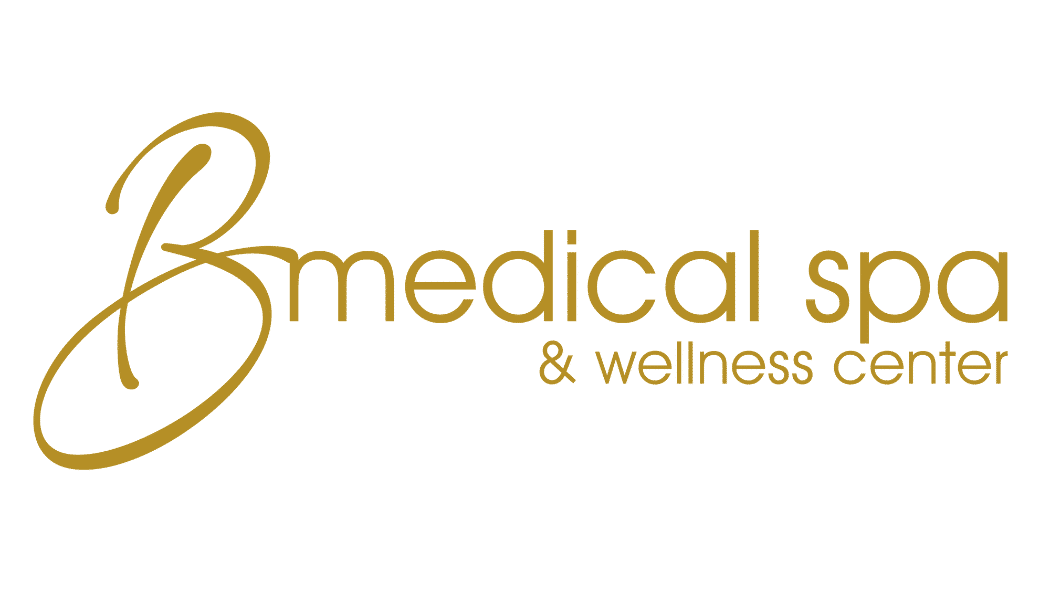
Introduction:
Hair loss can be a distressing experience, impacting our confidence and self-esteem. While surgical hair restoration options exist, non-surgical approaches provide an alternative for individuals seeking natural methods to promote hair regrowth. In this article, we will explore non-surgical hair restoration options that harness the power of natural approaches to stimulate hair regrowth and improve hair health.
1. Scalp Massage:
Scalp massage is a simple yet effective technique that can improve blood circulation to the hair follicles, promoting hair growth. Using your fingertips, gently massage your scalp in circular motions for a few minutes each day. This technique not only enhances blood flow but also helps relax the scalp and reduce stress, which can contribute to hair loss.
2. Essential Oils:
Certain essential oils have been found to have beneficial effects on hair growth. For example, rosemary oil, peppermint oil, and lavender oil have shown promising results in stimulating hair follicles and promoting hair regrowth. Dilute a few drops of the essential oil of your choice in a carrier oil, such as coconut oil or jojoba oil, and massage the mixture into your scalp. Leave it on for a few hours or overnight before rinsing. Remember to perform a patch test before using any essential oil to check for potential allergies or sensitivities.
3. Nutritional Supplements:
Supplementing your diet with specific nutrients known to support hair health can be an effective non-surgical approach for hair restoration. Biotin, vitamin D, vitamin E, zinc, and iron are among the nutrients that play a crucial role in promoting hair growth and preventing hair loss. Consult with a healthcare professional to determine the appropriate dosage and ensure you are meeting your nutritional needs through a balanced diet or supplements.
4. Laser Therapy:
Low-level laser therapy (LLLT) devices, commonly known as laser combs or laser caps, use red or near-infrared light to stimulate hair follicles and promote hair regrowth. This non-invasive treatment option has shown promising results in improving hair density and thickness. Regular and consistent use of these devices, as recommended by the manufacturer, can yield positive outcomes over time.
5. Hair Care Practices:
Adopting healthy hair care practices can significantly contribute to hair regrowth and overall hair health. Avoid harsh chemical treatments, excessive heat styling, and tight hairstyles that pull on the hair. Opt for gentle hair care products formulated for your hair type and condition. Regularly clean your scalp to remove buildup and maintain a healthy environment for hair growth. Additionally, ensure you are using a wide-toothed comb or a brush specifically designed for your hair type to minimize breakage and damage.
Conclusion:
Non-surgical hair restoration options offer natural approaches to stimulate hair regrowth and improve hair health. Through techniques such as scalp massage, the use of essential oils, nutritional supplements, laser therapy, and adopting healthy hair care practices, individuals experiencing hair loss can take proactive steps to promote hair regrowth without undergoing surgical procedures. While results may vary from person to person, these non-surgical approaches provide a promising and accessible avenue for those seeking natural solutions for hair restoration. Embrace these non-invasive methods and give your hair the care it deserves, supporting its regrowth and revitalization
